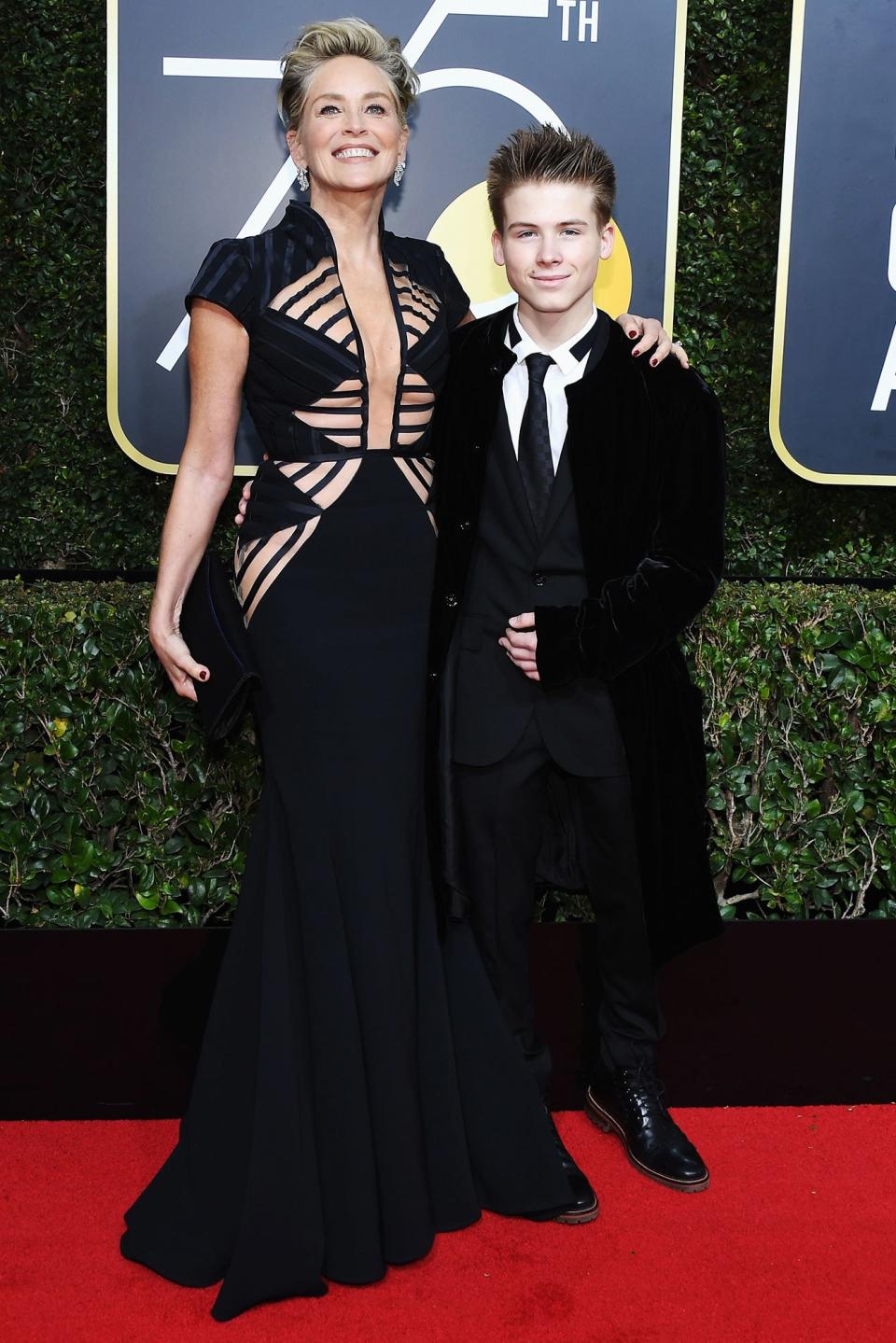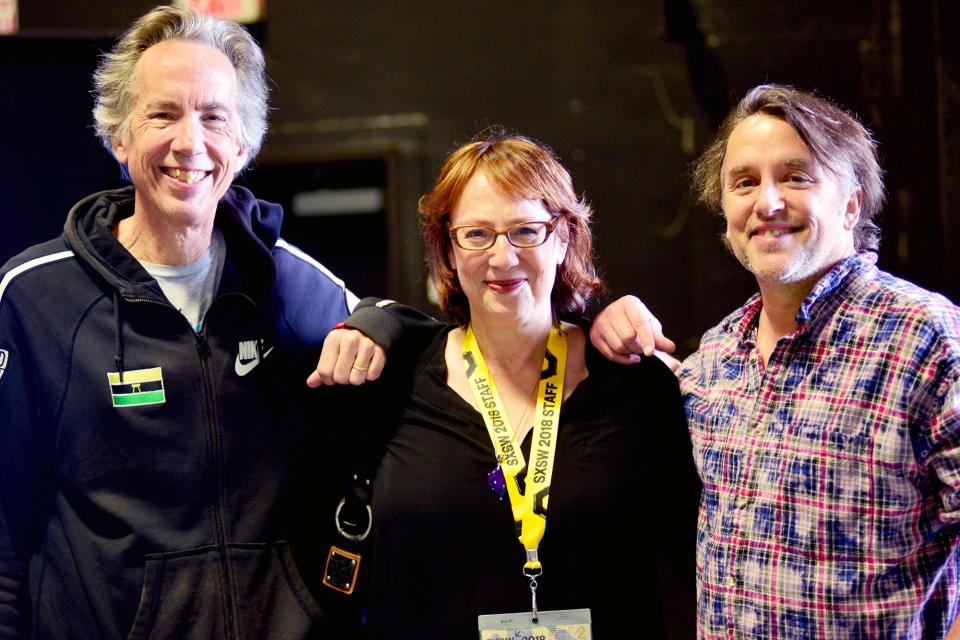“We’re Not Like Other Places”: How Janet Pierson Transformed SXSW
At the biggest theater on the biggest night of the biggest weekend at SXSW, there was a problem. Austin’s Paramount Theatre was crammed to the rafters with an audience eager to see Steven Spielberg’s latest C.G.I. extravaganza, Ready Player One. The late-breaking screening was the festival’s most coveted ticket—and just as an explosion rocked the screen during the film’s crucial climax, the speakers blew out. The audience chuckled and cheered as the SXSW technical team rewound the footage and tried again, with the same result.
It was then that festival director Janet Pierson hopped on stage to assure the crowd that everything would be fine; less than a minute later, it was.
Two days later, over breakfast, Pierson was baffled as to why that little technical glitch made so many headlines. Did everyone in the room have fun and enjoy the film? Overwhelmingly, yes. So what’s the big deal?
It’s that attitude that has seen SXSW, currently celebrating its 25th anniversary, flourish under Pierson’s tenure. Running almost simultaneously with the SXSW Music and tech-friendly Interactive Festivals, SXSW Film is every inch the strange circus you would hope to find in a city with the unofficial slogan of “Keep Austin Weird.”
Filling the calendar gap between the Academy Awards and Cannes, SXSW is a cinematic palate-cleanser that embraces movies like Lena Dunham’s 2010 micro-budget breakthrough film Tiny Furniture alongside future blockbusters like Bridesmaids and future cult favorites like The Cabin in the Woods. By doing all kinds of things other festivals don’t—taking comedy seriously, kicking open the door for TV programming, and joyfully embracing their outsider status—Pierson and her team have transformed a scrappy Texas festival into the country’s most entertaining, can’t-miss celebration of storytelling.
Over breakfast on Tuesday, the fifth day of the festival, Pierson’s phone continuously buzzed with “small fires”—the little emergencies that require her constant attention. That Ready Player One glitch? That was a small fire. A big fire was one festival-goers never even heard about. The projector at the Stateside—one of SXSW’s bigger downtown venues—blew out entirely on opening day. Pierson’s team quietly fixed it by Saturday. Then again, that was nothing compared to the 1986 premiere of Spike Lee’s She’s Gotta Have It, which Janet’s husband, John Pierson, helped produce. Janet remembered the power going out entirely for 45 minutes in the San Francisco theater where the movie was debuting. After a life spent showing films, Pierson has a million stories like this.
Janet Pierson, born in 1957 in Jersey City, New Jersey, grew up on a steady diet of film, from watching late-night movies on a tiny black-and-white TV to being dropped off by her parents to see The Graduate by herself. “I remember liking it so much,” she recalled. “I stayed to watch twice. I was 10.” She followed her passion for film to the San Francisco Art Institute in 1975, and later even fell in love at the movies when she and John Pierson were hired to work together at the newly opened New York City Film Forum in 1981. They married there two years later, and went on to work closely together in the 80s and 90s as John helped produce the first films from Spike Lee, Richard Linklater, Michael Moore, and Kevin Smith, an experience he chronicled in his 1995 book, Spike, Mike, Slackers & Dykes. “I tend to joke that Spike Lee paid for Georgia’s birth, and Michael Moore [paid for] Wyatt’s,” Pierson said of their children.
But Pierson says she had little to no experience herself when, in 2008, at the age of 50, she was handpicked to succeed wunderkind Matt Dentler and run SXSW. Pierson and her husband, both self-described New Yorkers, had moved to Austin only four years earlier, but Dentler had become a fixture at the Pierson house, where he eagerly soaked up John’s wild tales of 90s indie cinema. Meanwhile, Janet was learning everything she could about SXSW from Dentler. Still, according to her husband, Pierson was resistant to the idea of taking on what John Pierson called “a golden late-life opportunity to shine.” With both of their kids just out of the house, Pierson said it was easy for him to push her. “Come on, Janet,” he recalled saying. “You’ve got to do this. This is your time.”
Pierson became the rare woman to start a brand-new career after the age of 50, much less one running a film festival. John Pierson, now a University of Texas film professor, remembered that skeptics assumed he was the one actually doing the programming when Janet first took over SXSW. He was careful to stay out of the way, and even joked around town that he was going to go hiking instead of attending the fest.
Meanwhile, film producers who had been attending SXSW for years told Pierson, “You know we only came because of Matt.” Matt Dentler, who was 30 when he left Austin for New York to work for now-defunct indie distributor FilmBuff, was the same age as many of the up-and-coming filmmakers who flocked to the festival. As Janet put it: “I like all these people but I’m not partying with them in the same way.”
But Janet’s programming sensibilities were a pretty close match for Dentler’s, and the transition between their tenures ended up being smooth. Pierson had no interest in radically changing the shaggy festival that Dentler ambitiously grew into a launching pad for premiering high-profile studio comedies, like 2007’s Knocked Up and 2008’s Forgetting Sarah Marshall. That taste only grew under Pierson, with female-fronted comedies like Bridesmaids, Spy, and this year’s Blockers sharing space with films like Neighbors, Sausage Party, and The Disaster Artist.
Word-of-mouth buzz out of SXSW has proven transformative for those movies and many like them. “I love SXSW because they are the only festival that puts comedy on an equal stage with other genres,” Seth Rogen recently wrote in celebration of the festival’s 25th anniversary. “I’m sure those movies wouldn’t have found their audience the way they did without the support of the festival.”
According to Dentler, now an Apple executive, Pierson took what he started—and his Austin-friendly, informal attitude toward programming—and blew it up. “I was so young. I ran the festival between the ages 25 and 30—I just wanted to make sure the films played and that people showed up. She was able to take a step back and say, ‘Let’s think of some better events.’” Dentler also rattled off a list of Pierson’s logistical accomplishments—adding more venues, festival shuttles, fast passes to ease line congestion, and red carpets to bump up the glamour. As senior SXSW programmer Claudette Godfrey observed, that touch of celebrity coincided with the boom in smartphone usage. Word of mouth was one thing, but Instagram posts of celebrity taco-truck sightings had the power to make SXSW Film a destination in itself.
Twenty minutes north of downtown Austin is Troublemaker Studios, the production complex built by El Mariachi and Sin City director (and Texas native) Robert Rodriguez. On the first day of SXSW, with the cityscape for his upcoming project Alita: Battle Angel rearing up in the near distance, Rodriguez welcomed a group of SXSW filmmakers to the exclusive luncheon that has kicked off every year of Pierson’s tenure. “I hope you fail,” Rodriguez said good-naturedly, in a version of the inspirational speech he’s given for a decade.
The luncheon, Pierson’s brainchild, is for filmmakers only—two per film in the festival. No press is invited, no agents, no industry people. Catering is by Franklin Barbecue—the best in town—and for years, this was the only event it catered. Pierson gave the room of filmmakers a no-holds-barred speech, setting expectations for the festival. Richard Linklater, in a rumpled plaid shirt, hopped up on stage to welcome everyone to Austin and urged them to see each other’s films, while around the room, everyone from newbies who made short films to La La Land producer Jordan Horowitz mingled. Pierson, wearing her festival uniform of a black leather jacket and black trousers paired with sensible sneakers—HOKAs, the same comfy brand worn by Spielberg—is there, too. (“I wish I could wear those cute boots like everyone else,” she said later, wistfully.) It was exactly the kind of celebrity-tinged yet egalitarian event Janet Pierson would come up with.
“It’s in the D.N.A. of South by to be egalitarian,” Pierson said later. “That’s what I always loved about it. Informal. There’s been pressure from industry to change certain things. We really need to balance that and protect that core that we love. We’re not like other places.”
Horowitz, who was in town with his wife, director Julia Hart, to premiere their film Fast Color, was eager to sing Pierson’s praises on his way out of the luncheon: “She’s been sort of well ahead of the kind of diversity conversation for the diversity and representation conversation for as long as I can remember.” Hart added: “So many people in this business right now are suddenly realizing that we need to support films by women. Janet’s been doing that for years. And that’s why I love her, and that’s why I love this festival.”
“It’s very telling that Robert Rodriguez gives that kind of same speech at this lunch about failure,” continued Horowitz, who is still instantly recognizable from his role in clearing up the La La Land/Moonlight mix-up at the 2017 Oscars. “I’m like the poster child for that. It is so important, as you stay in this business longer and longer, to just focus on the process and work. I feel like this festival is really the embodiment of that.”
Hart, who is also several months pregnant, was one of 12 women responsible for directing 60 percent of the features in competition at this year’s SXSW. Pierson swore this was not intentional. But it was hard to miss the number of women at that filmmakers luncheon, hunkered down and chatting or even swapping childbirth stories. One woman told me that after she took more than a decade off from making films to raise her kids, Janet was one of the few people to give her another chance. Later that week, on Saturday—the biggest day of the festival’s nine-day run—all four of the films screened in the Paramount Theatre were directed by women.
This programming slate wasn’t a direct response to some of the troubling reports of harassment and sexual misconduct that emerged out of bro-friendly Austin over the past months, but it couldn’t have come at a better time. An Alamo Drafthouse location literally just painted over a mural in its lobby that featured the face of an accused harasser, and Drafthouse owners Tim and Karrie League took a much more subdued role in the festival this year, though SXSW Film continued to use Drafthouse locations as venues. “It was devastating to think about people’s behaviors and where you stood,” Pierson told me last fall. “It hasn’t come without a lot of thought and rumination about what does this mean and what’s gonna go forward.”
But Pierson was adamant that her programming was not meant as political commentary. “It’s not like I’m only about women films; I’m not.” Her husband agreed, saying, “That’s just where the good stories are.” Still, Pierson admitted that “it feels right and good that that’s happening. There’s definitely a sensitivity toward the narrative of the last few years about how much harder it is to get attention and get noticed. We respect that and work with that. All things being equal, [a female director] is one of the elements in [a movie’s] favor.”
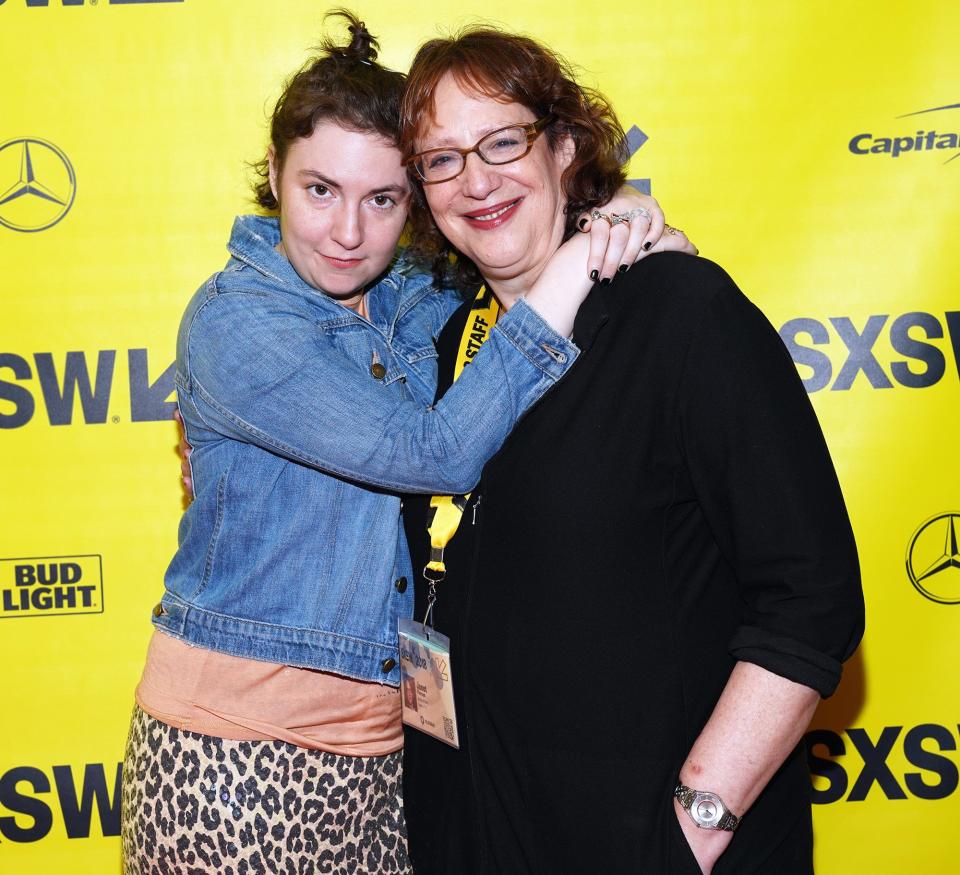
775137839AP00017_Authentici
That may have been the case for Tiny Furniture, which won the best-narrative-feature prize at the festival in 2010 and forged a bond between Dunham and Pierson that brought the premiere of HBO’s Girls to SXSW. It was a move unheard of for a film festival; two years later, Pierson doubled down, introducing an entire section of the programming schedule dedicated to premiering TV shows like Silicon Valley, Mr. Robot, Preacher, Search Party, and more. Virtually every other notable film festival, even the high-toned programmers at Cannes, quickly followed Pierson’s lead. “Now literally every film festival has a TV sidebar,” Dentler says with pride. “SXSW was the first major film festival to ever consider that which was specific to [Janet’s] taste and her interest.”
Pierson’s face lights up whenever she talks about the people who have come through her festival on their way to major careers. “I think about touching their shoulder,” Pierson smiles warmly as she reaches out toward mine with a little tapping gesture, “being part of their lives as they go.” Without taking any of their glory for herself, she fondly mentions Brie Larson, who broke out of SXSW in 2013 with Short Term 12, and Greta Gerwig, who was a festival fixture during her years collaborating with mumblecore filmmakers Joe Swanberg and Mark and Jay Duplass.
“I think there’s a big distinction between someone who wants to support emerging filmmakers at almost like a parental level,” Dentler says. “I looked at the filmmakers during my tenure as brothers and sisters; I think she looks at them as like brothers, sisters, and children.”
At breakfast, Pierson’s phone buzzes again. Not a fire this time: the results are in, and the jury has picked SXSW’s 2018 winners. Pierson won’t tell me who won, though she confirms the results validate her programming instincts. When the awards are announced later that night, it’s clear that this crop of films—including narrative winner Thunder Road—represent the quieter, more artistic flip-side of the buzzy studio comedies and last-minute Spielberg movies that can dominate press attention at SXSW. In other words, they’re the ones that need Janet Pierson the most.
“The most important key interest for her is just providing opportunity for other people who she thinks are talented to rise and shine,” John Pierson explains. “That’s always been how she approaches it. . . . Her definition of how somebody thrives and succeeds, which probably comes from the way she’s lived her life, isn’t a measurable number. It’s how they feel, whether they’re able to continue to work, and how they feel about the work.”
For Janet Pierson, there’s only one downside: “It’s painful that only one film gets to win.”
Sharon Stone’s Must-See Fashion Moments
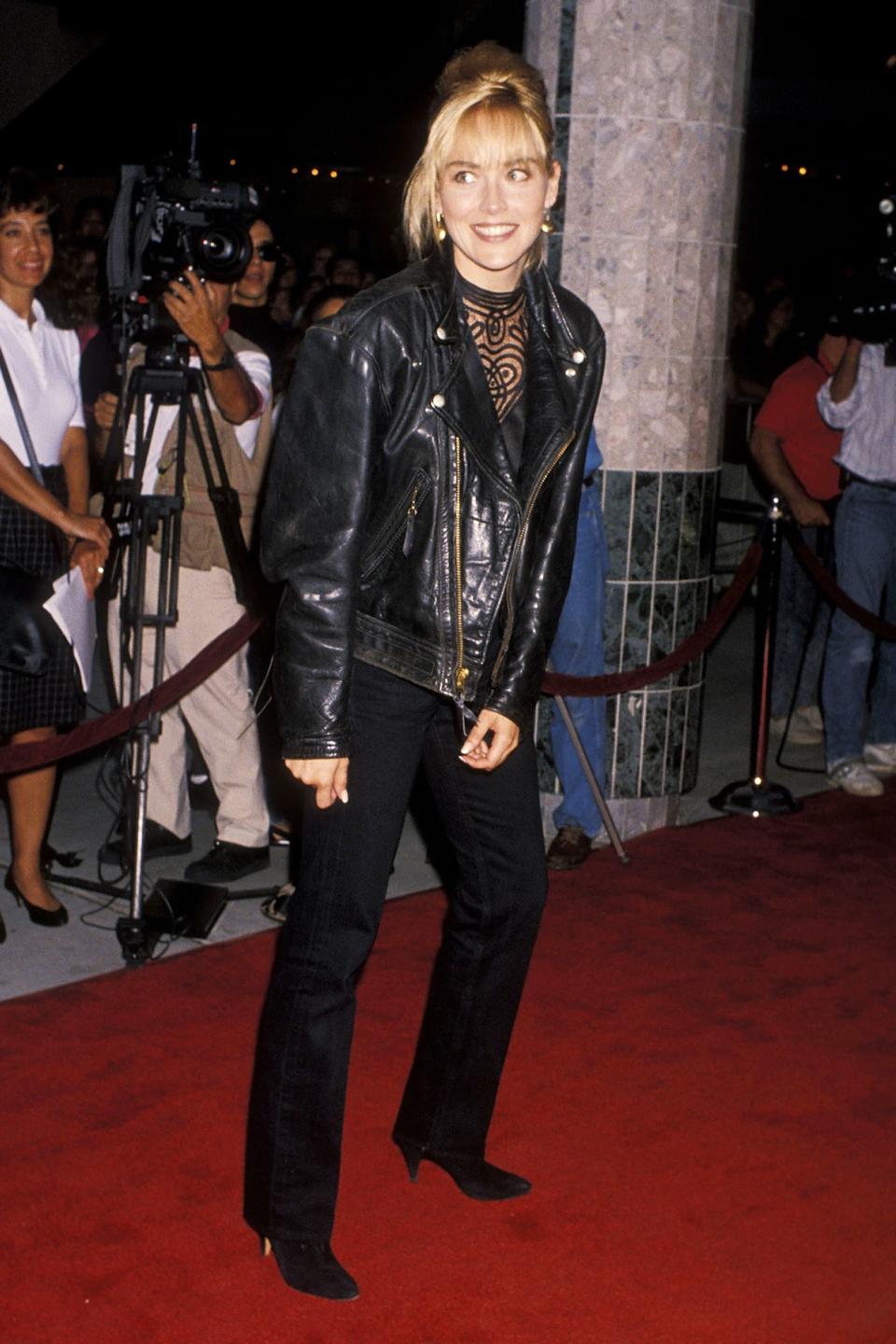
August 1990: At the Wild at Heart premiere
By Ron Galella, Ltd./WireImage.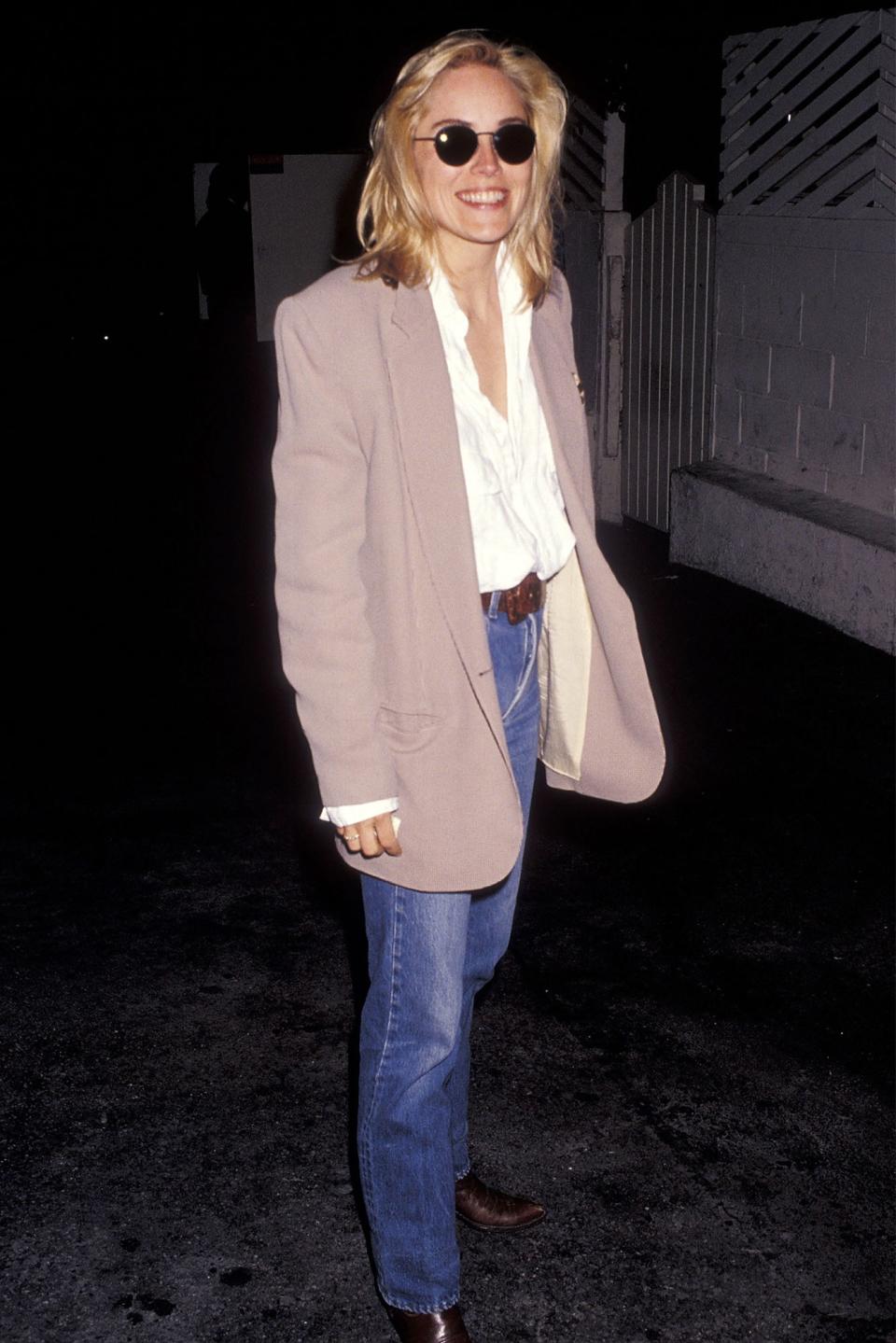
June 1991: Dining at Spago
By Ron Galella, Ltd./WireImage.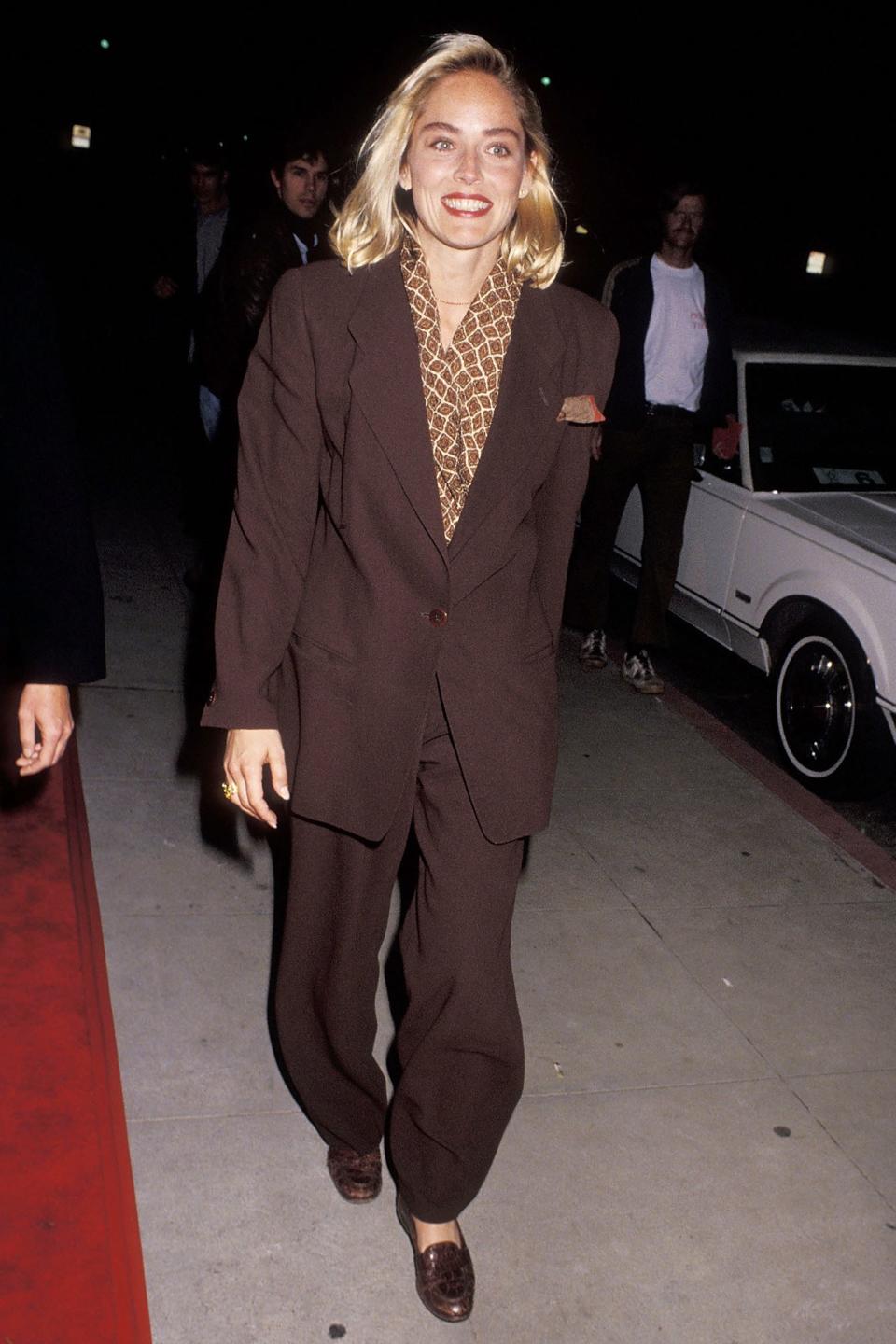
December 1991: At the Bugsy premiere
By Ron Galella, Ltd./WireImage.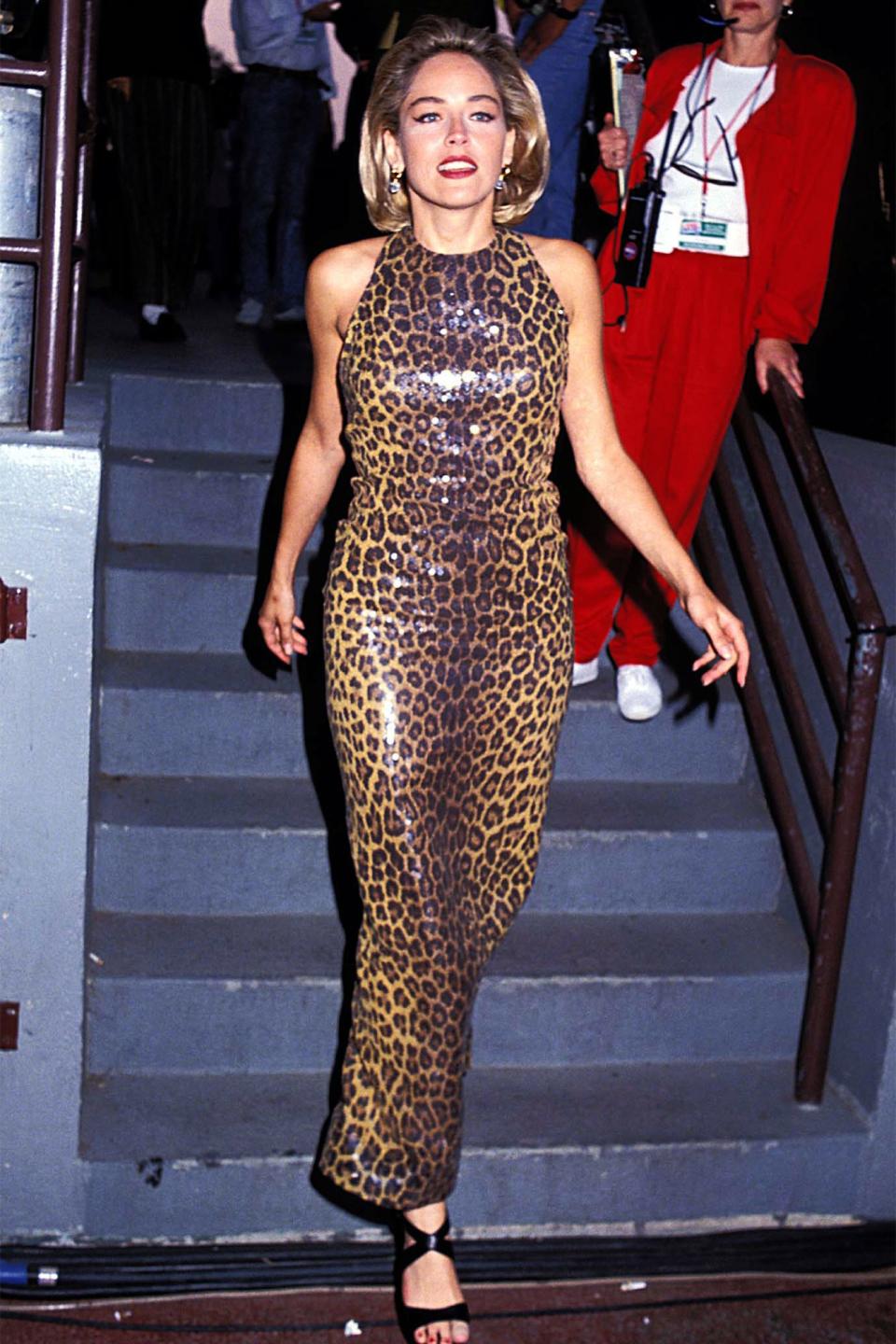
May 1992: At HBO’s Comic Relief
By Jeff Kravitz/FilmMagic.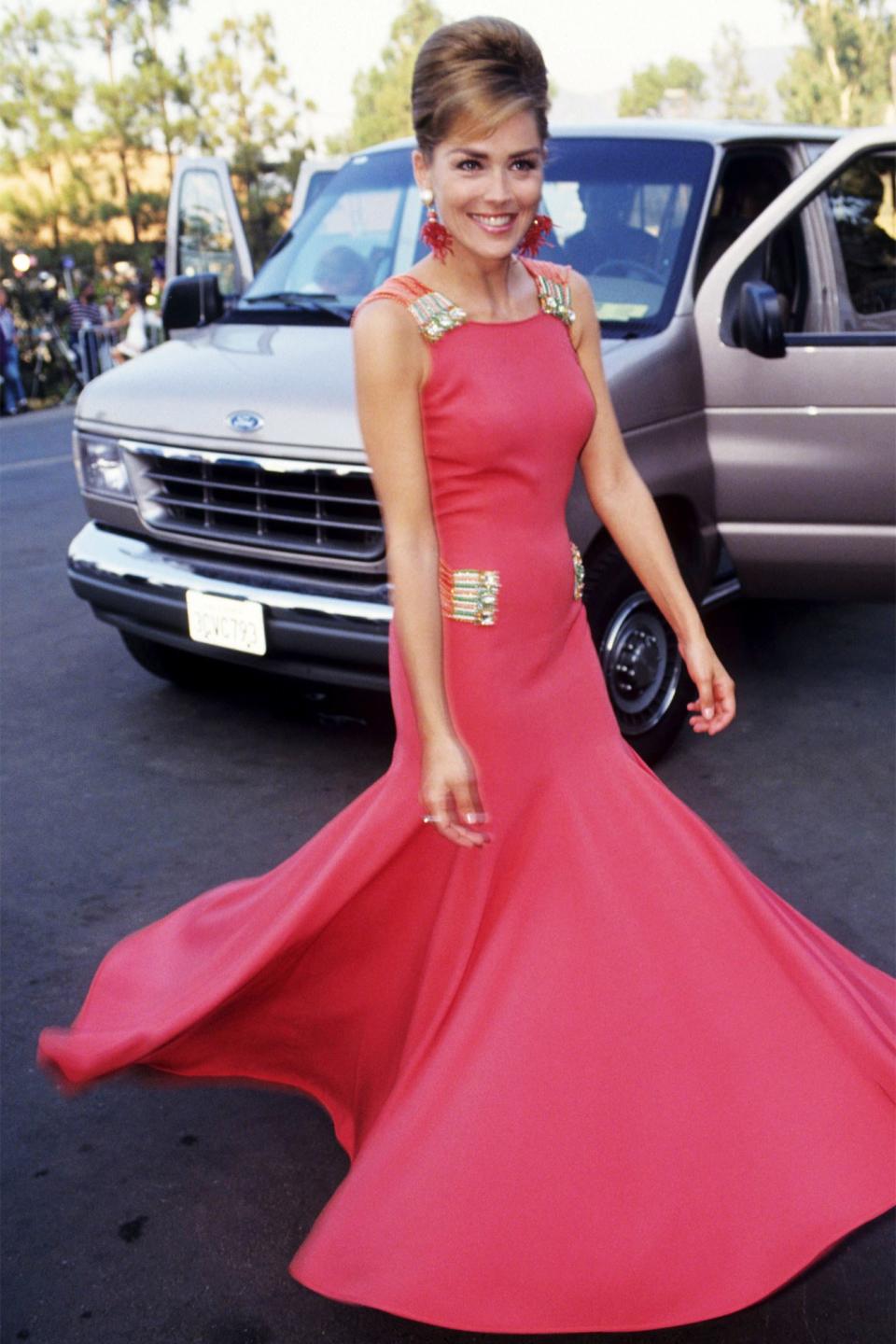
September 1993: At the MTV Video Music Awards
By Ke.Mazur/WireImage.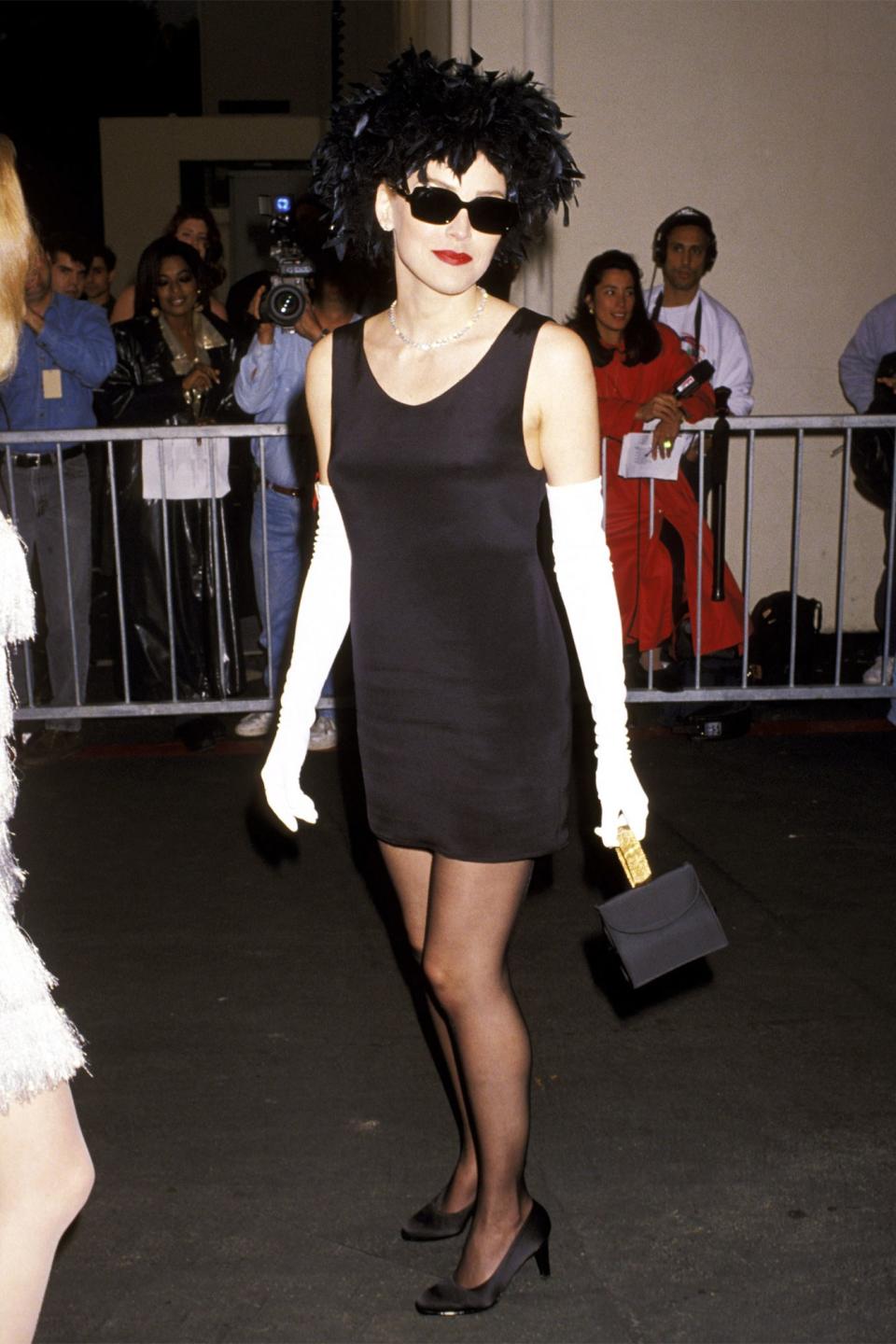
June 1993: At the MTV Movie Awards
By Ron Galella/WireImage.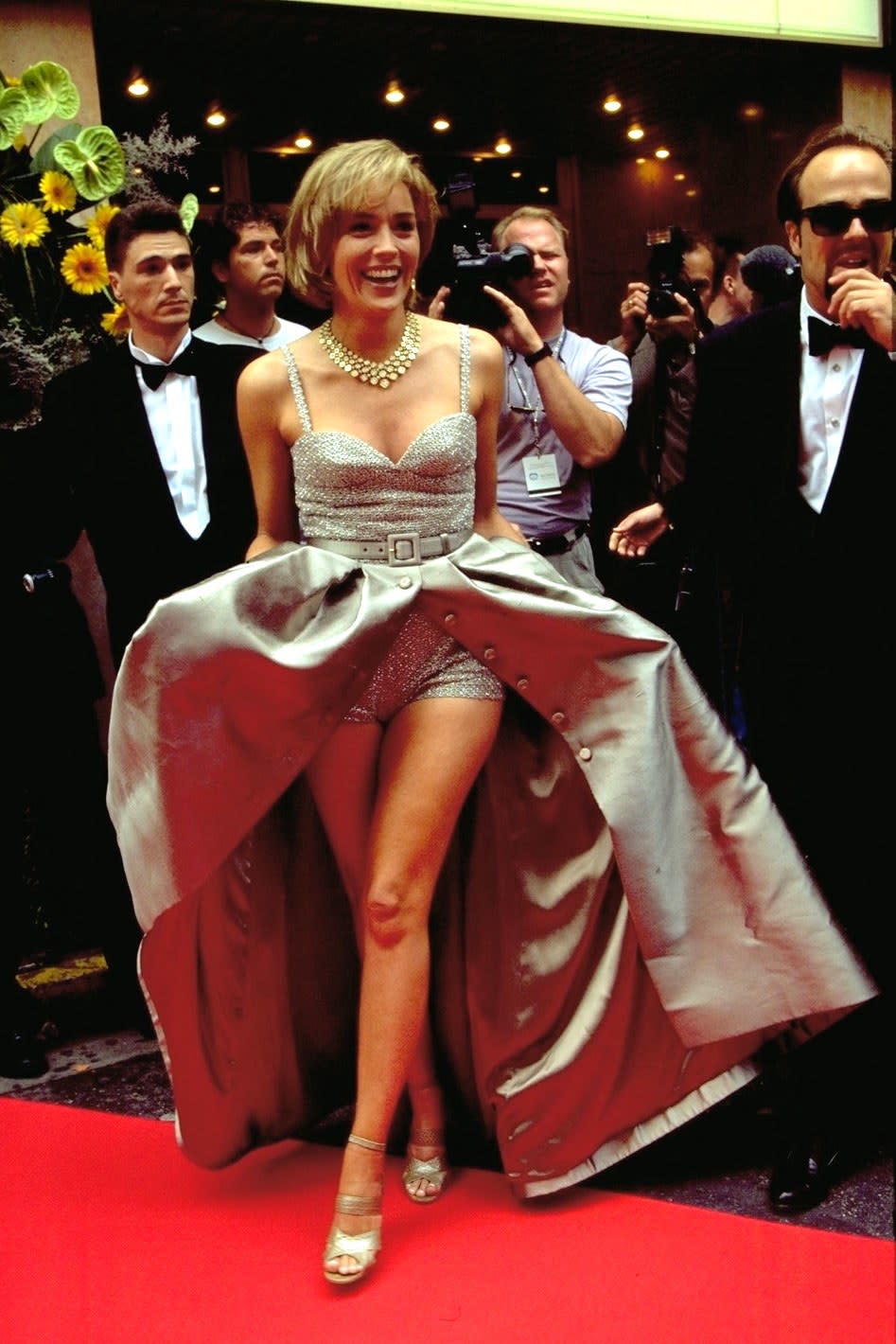
May 1995: At the Cannes Film Festival
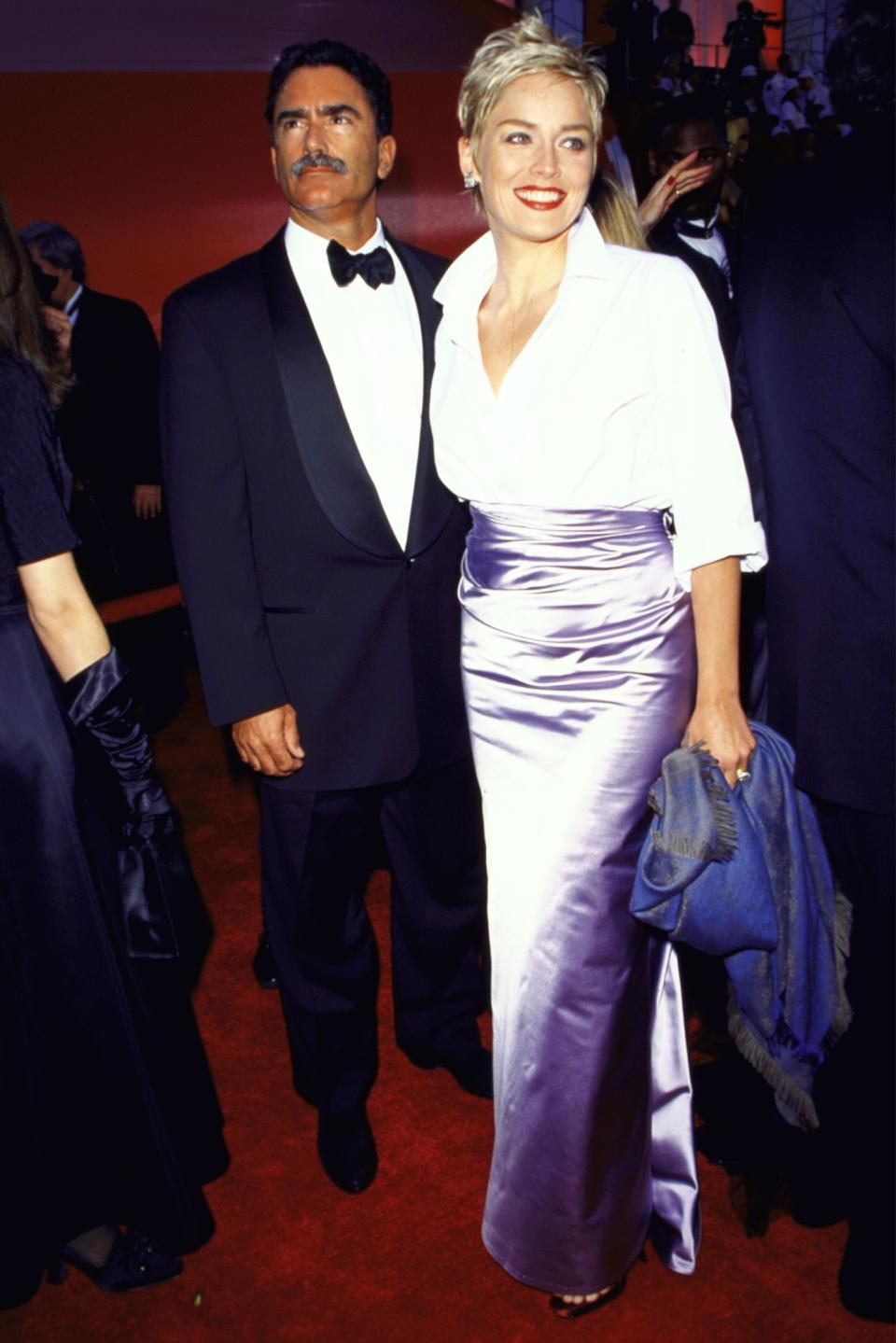
March 1998: At the Oscars with Phil Bronstein
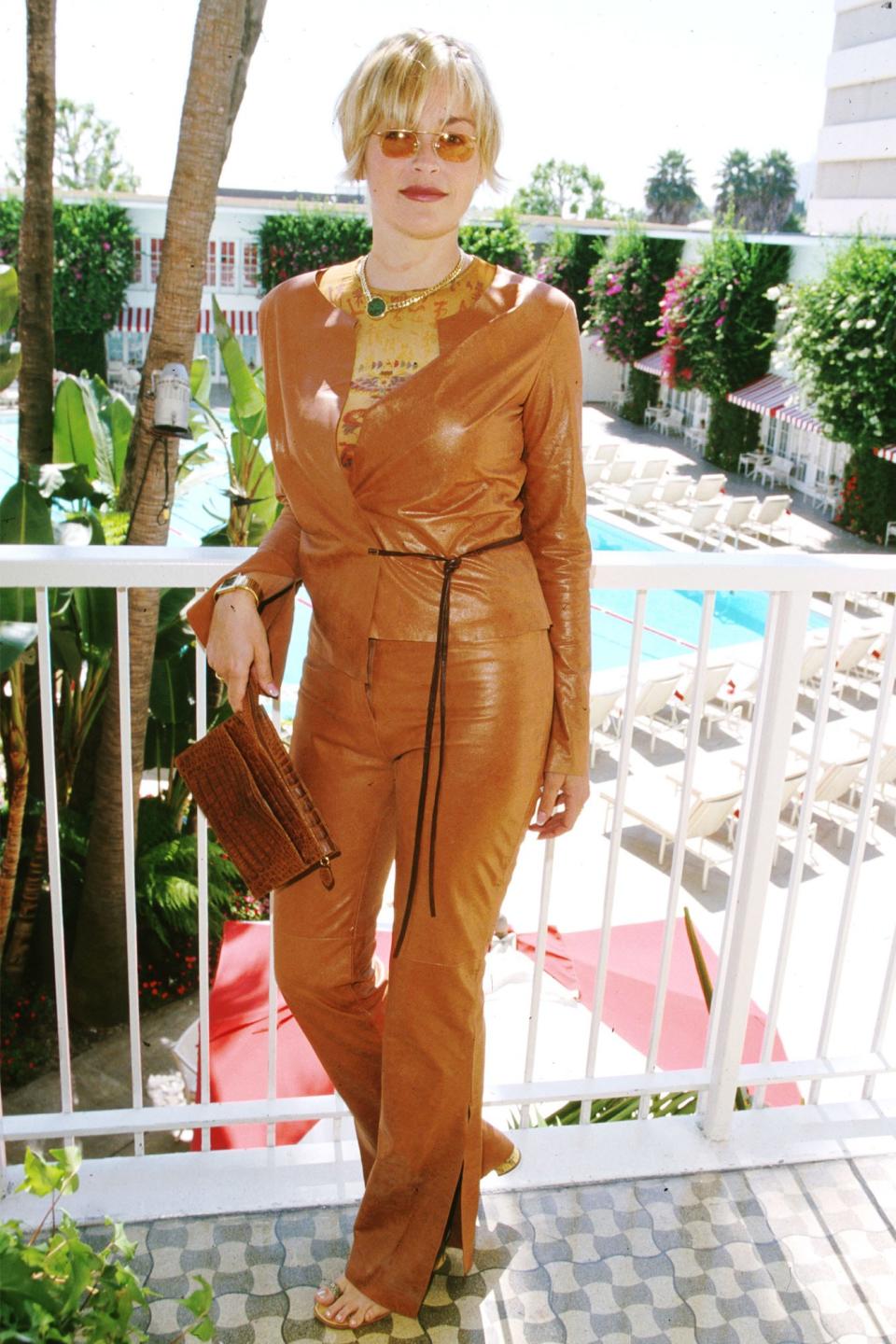
September 2000: At the Women in Film Awards
By SGranitz/WireImage.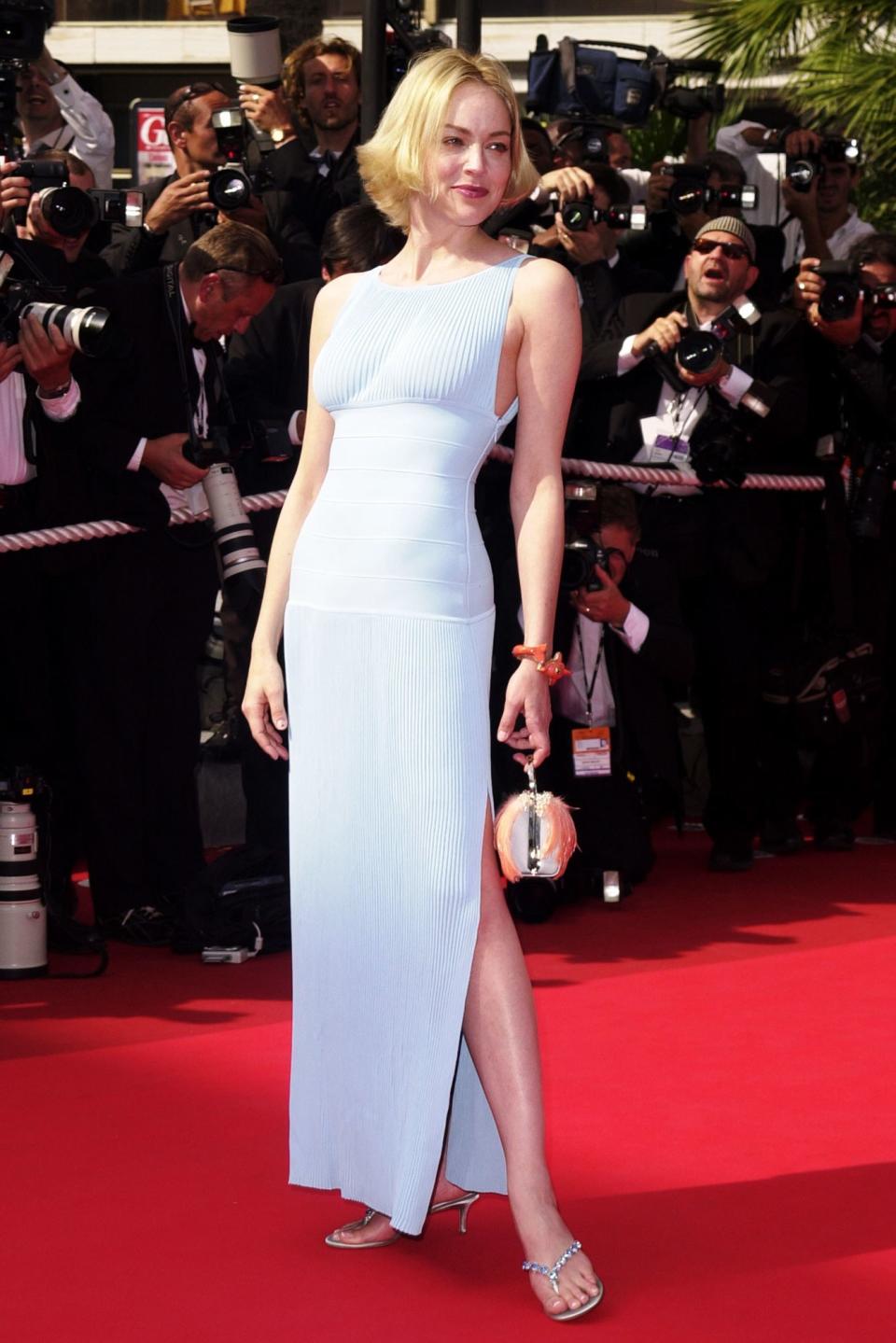
May 2002: At the Cannes Film Festival
By Tony Barson/WireImage.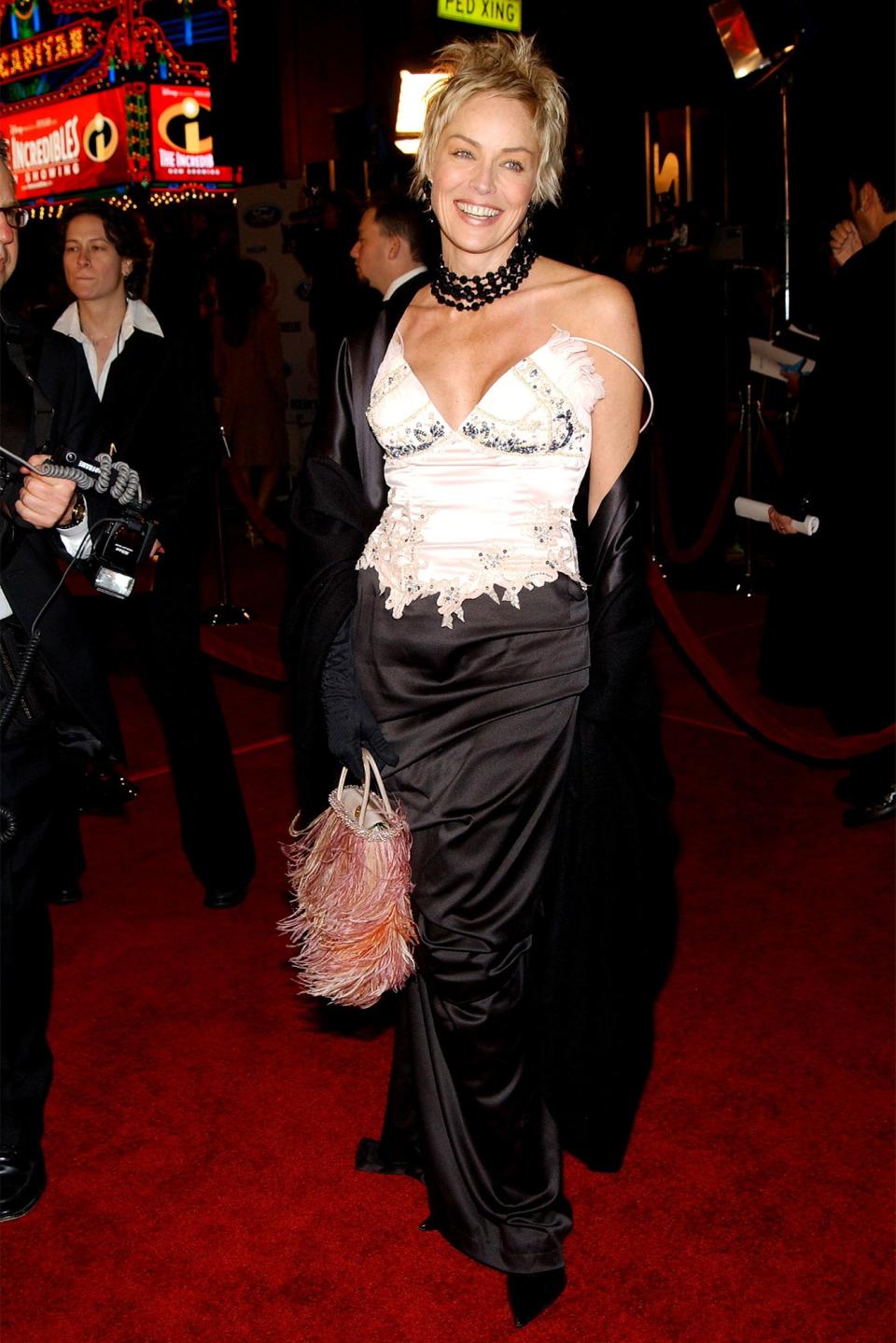
December 2004: At the Ocean’s Twelve premiere
By Jon Kopaloff/FilmMagic.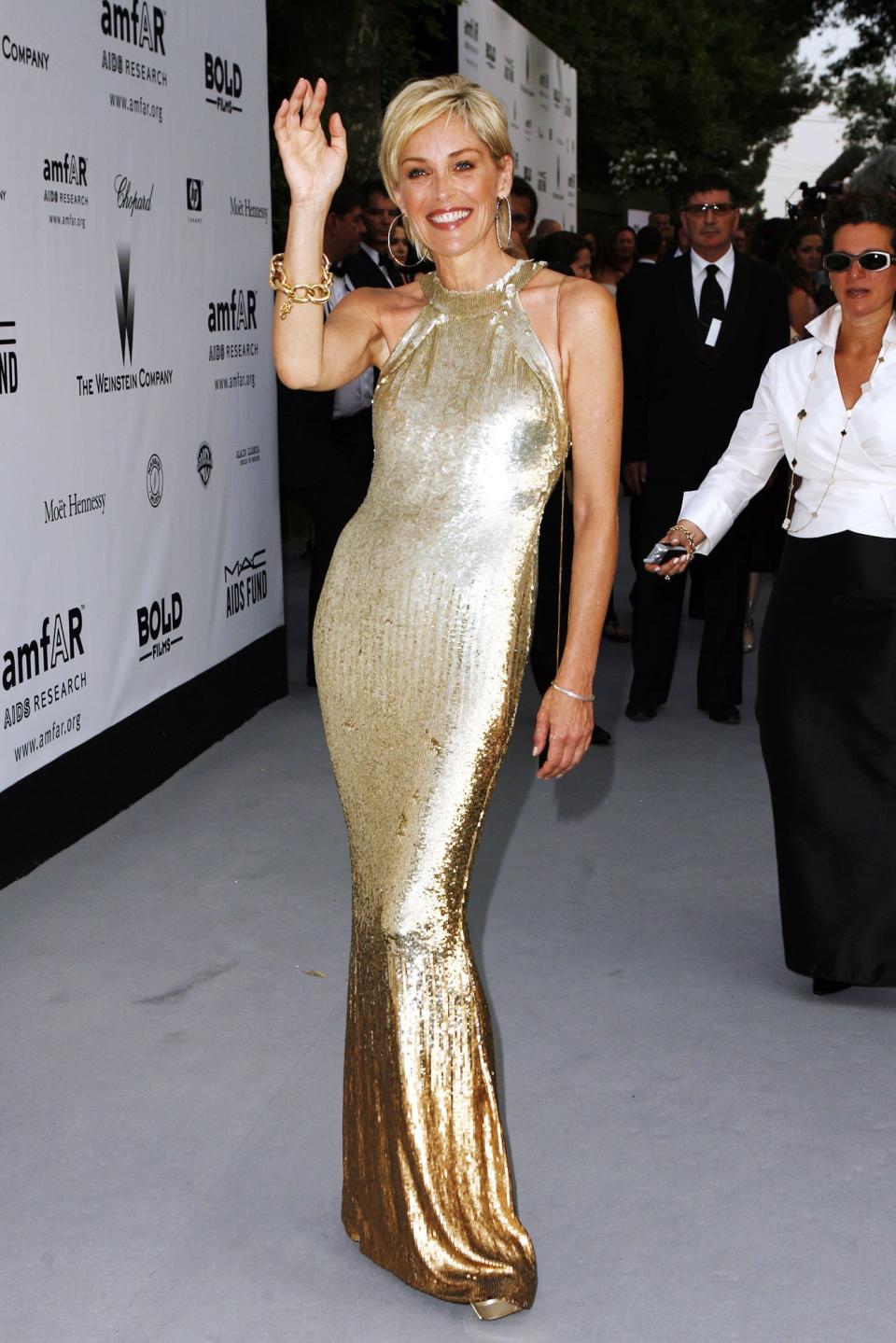
May 2007: At the Cinema Against AIDS Gala
By Jeff Vespa/WireImage.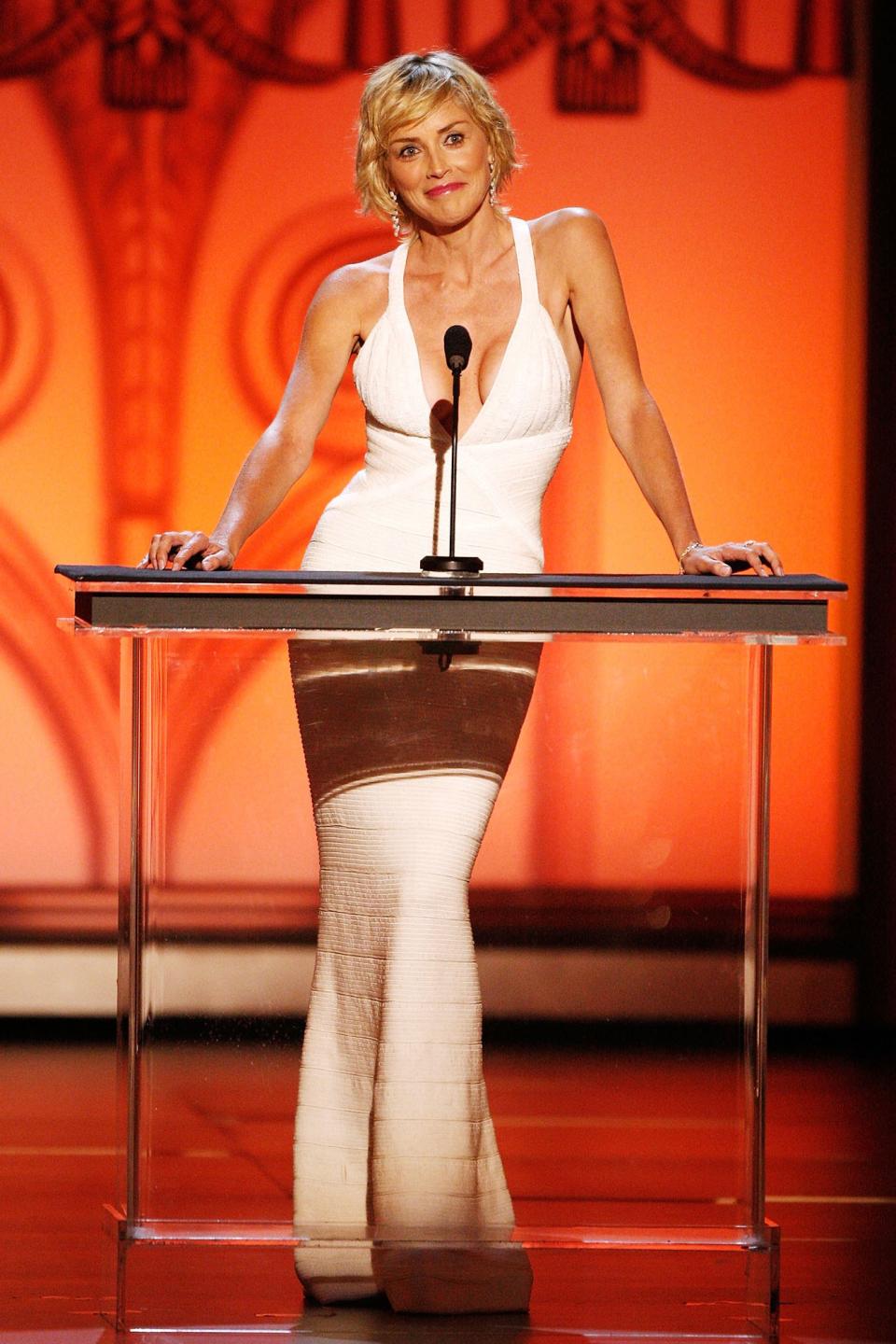
June 2009: At the AFI Life Achievement Award Gala

September 2015: At the Celebrity Fight Night gala
By Jonathan Leibson/Getty Images.